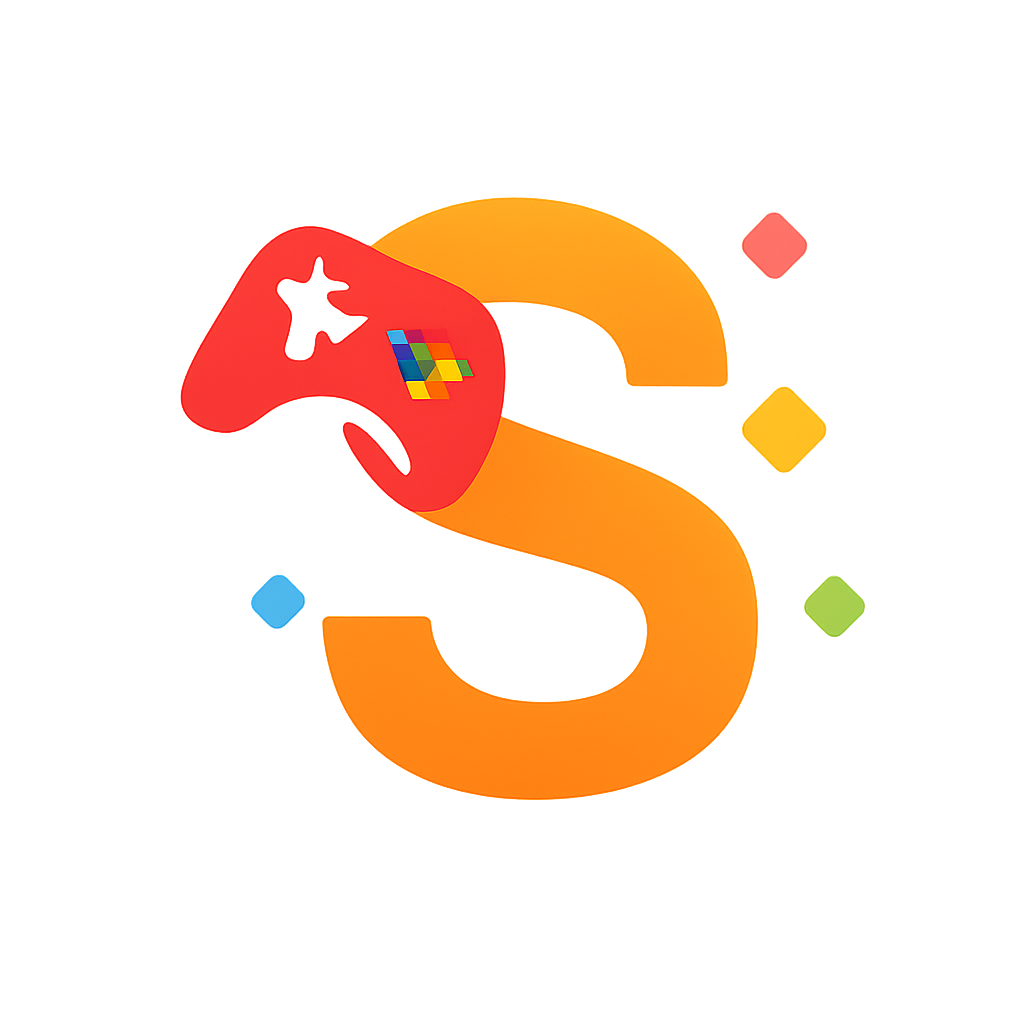What makes a game truly addictive? It's not just about flashy graphics or complex mechanics—it's about understanding human psychology and creating experiences that tap into our deepest motivations and desires. The most successful games are those that master the delicate balance between challenge and reward.
The Psychology of Engagement
At the heart of addictive game design lies a deep understanding of human psychology. Games that keep players coming back understand the fundamental principles of motivation, reward, and progression. They create experiences that satisfy our basic psychological needs for achievement, autonomy, and social connection.
The Reward Loop
One of the most powerful mechanisms in game design is the reward loop. This cycle of action, reward, and anticipation creates a compelling feedback system that keeps players engaged. When players perform an action and receive immediate, satisfying feedback, their brains release dopamine, creating a pleasurable experience that encourages repetition.
Progression Systems
Effective progression systems give players a sense of advancement and growth. Whether it's leveling up, unlocking new content, or improving skills, progression provides clear goals and a sense of accomplishment. The key is to make progress feel meaningful and achievable.
Social Elements
Humans are inherently social creatures, and games that incorporate social elements often have higher engagement rates. Features like leaderboards, multiplayer modes, and social sharing create opportunities for competition, collaboration, and community building.
The Flow State
The most addictive games create what psychologists call a "flow state"—a condition where players are fully immersed and focused on the activity. This happens when the challenge level matches the player's skill level, creating an optimal balance that keeps them engaged without frustration or boredom.
Key Elements of Addictive Design
- Clear goals and objectives
- Immediate feedback and rewards
- Progressive difficulty scaling
- Social interaction opportunities
- Personalization and customization
- Unpredictable rewards and surprises
The Role of Uncertainty
Uncertainty plays a crucial role in keeping players engaged. When rewards are predictable, they become less exciting. Games that incorporate elements of chance and surprise create anticipation and excitement that keeps players coming back for more.
Balancing Challenge and Skill
The most engaging games maintain a delicate balance between challenge and player skill. If a game is too easy, players become bored. If it's too difficult, they become frustrated. The best games adapt to the player's skill level, providing just the right amount of challenge to keep them engaged.
The Power of Storytelling
Even in simple games, storytelling can significantly enhance engagement. A compelling narrative gives players context and meaning for their actions, making the experience more memorable and emotionally resonant.
Ethical Considerations
While understanding what makes games addictive is valuable for design, it's important to use this knowledge responsibly. The goal should be to create engaging, enjoyable experiences that enhance players' lives, not to exploit psychological vulnerabilities.
The art of addictive game design is about creating experiences that players genuinely enjoy and want to return to. It's about understanding human psychology and using that knowledge to create games that are not just engaging, but meaningful and rewarding.
